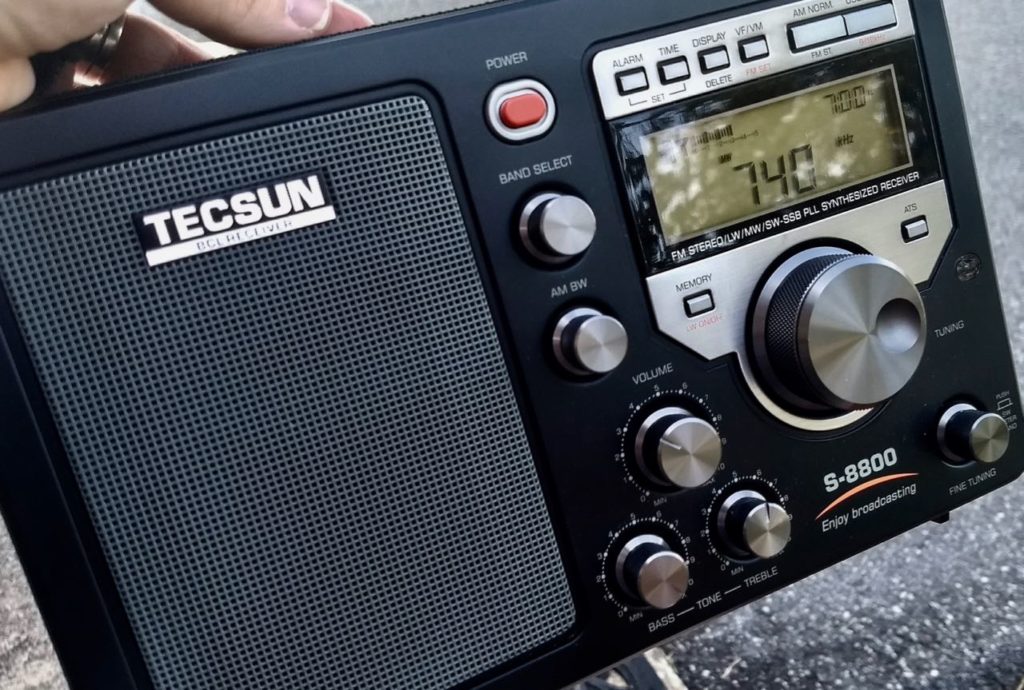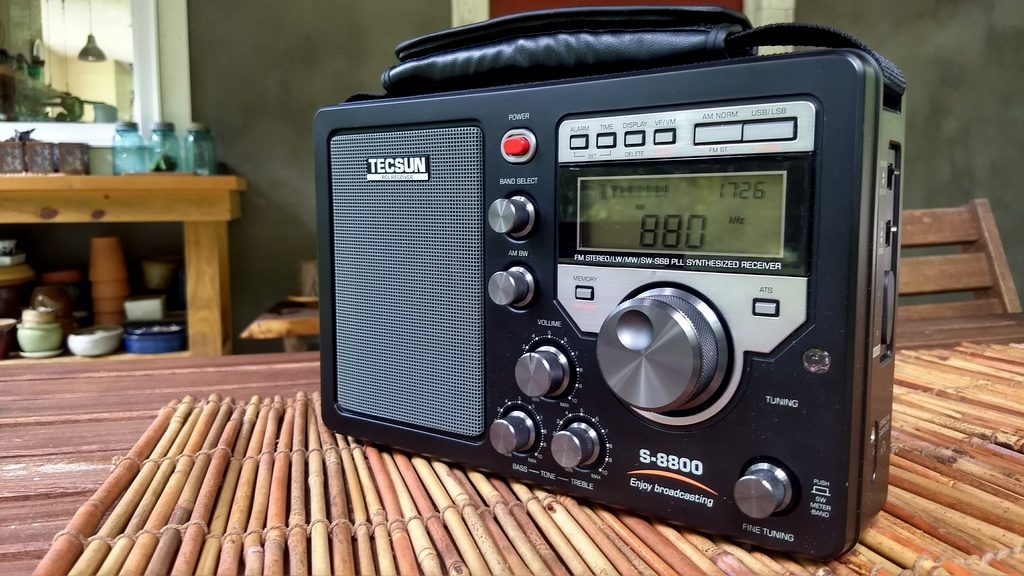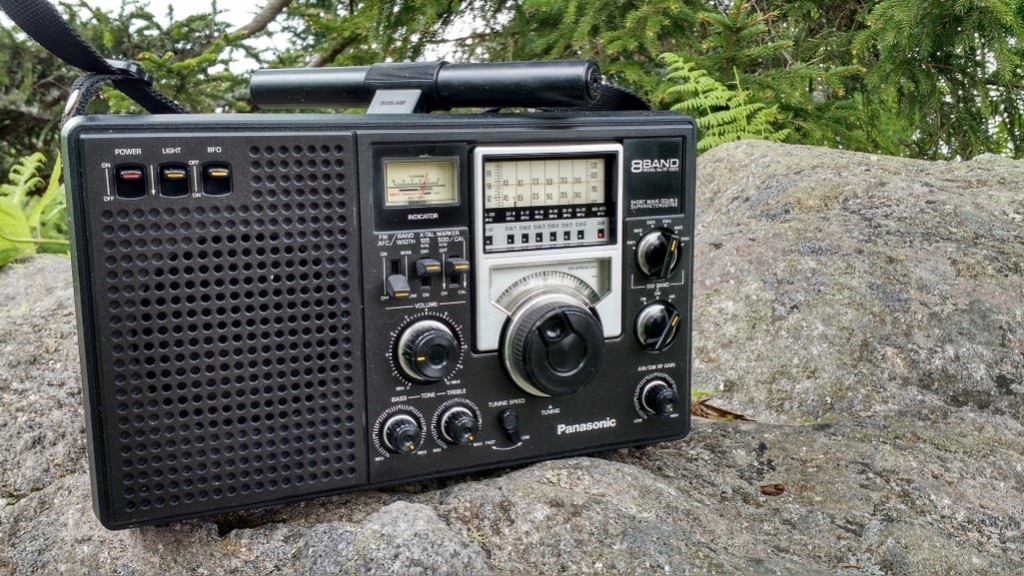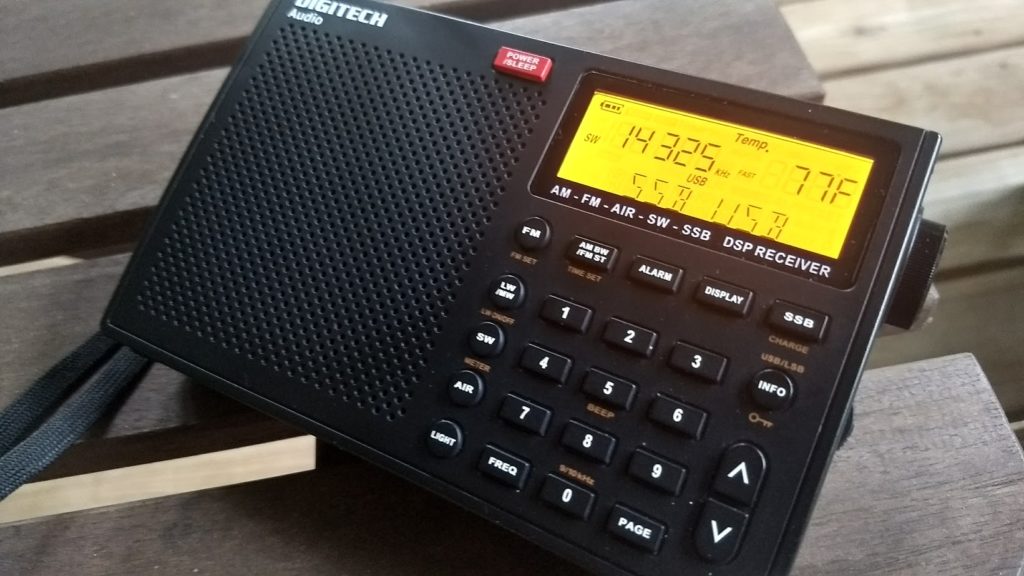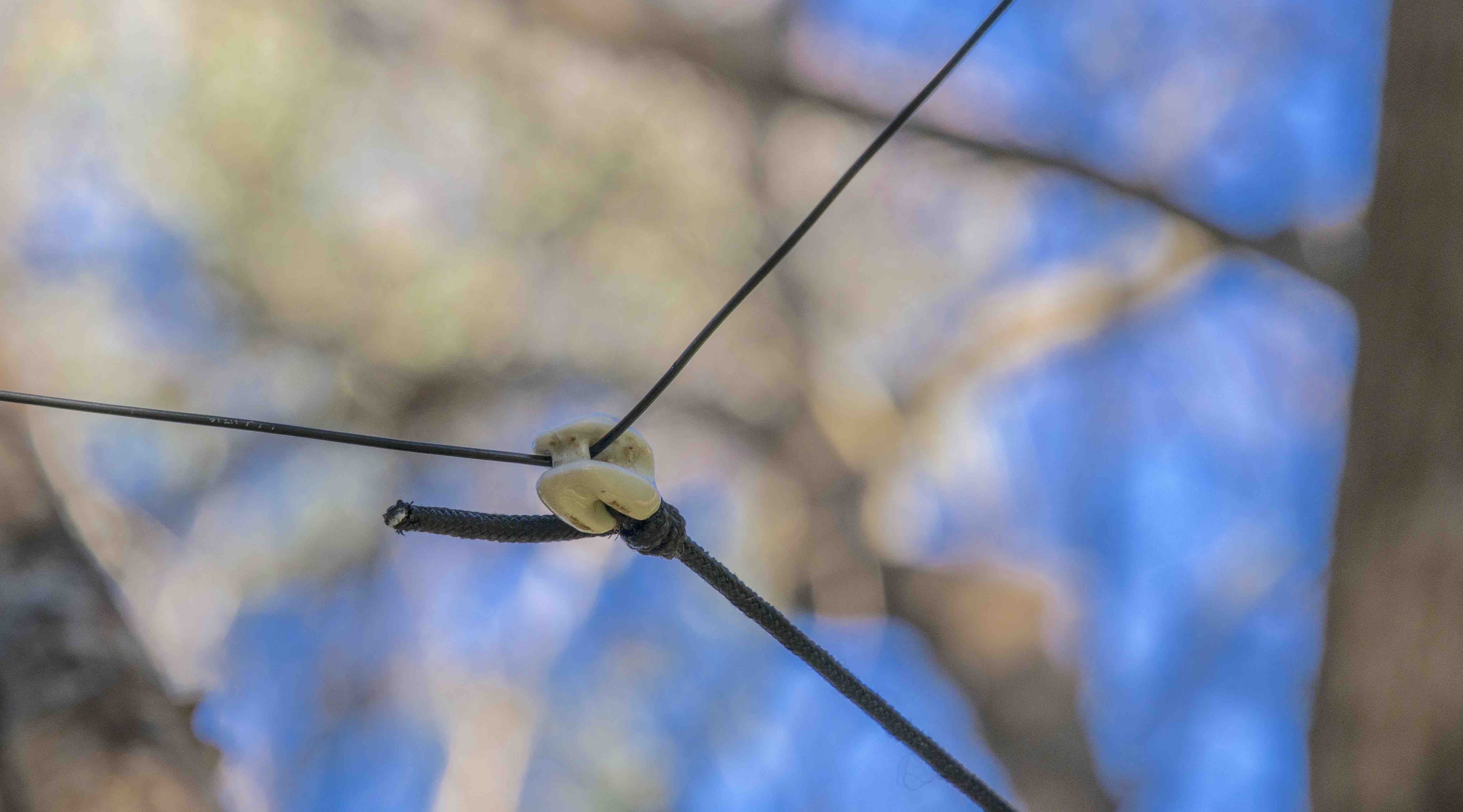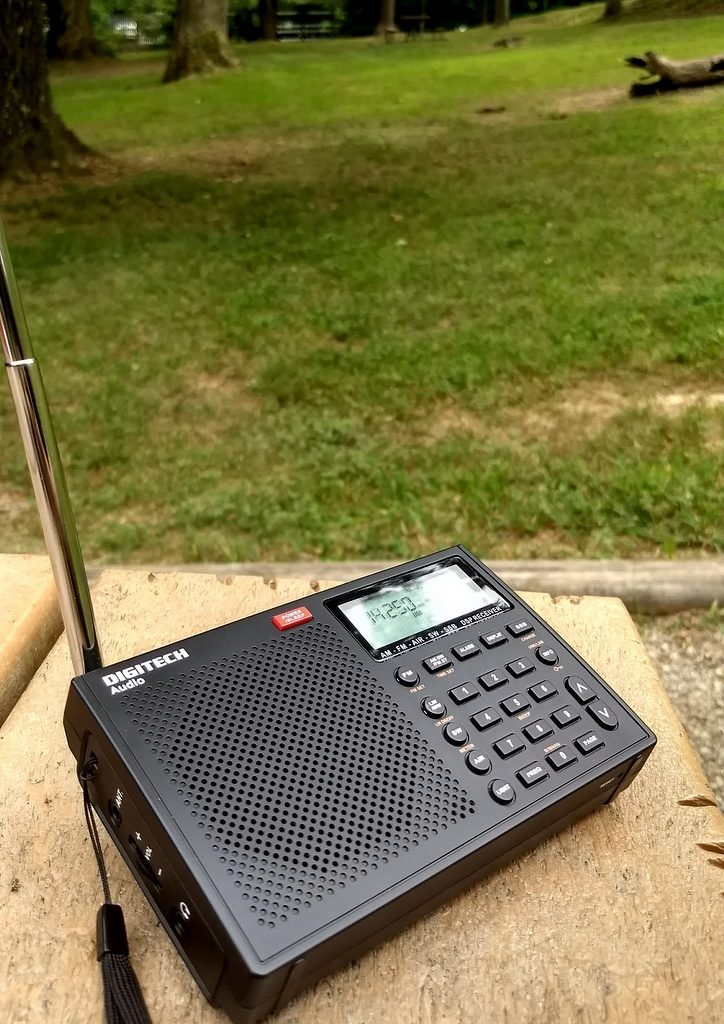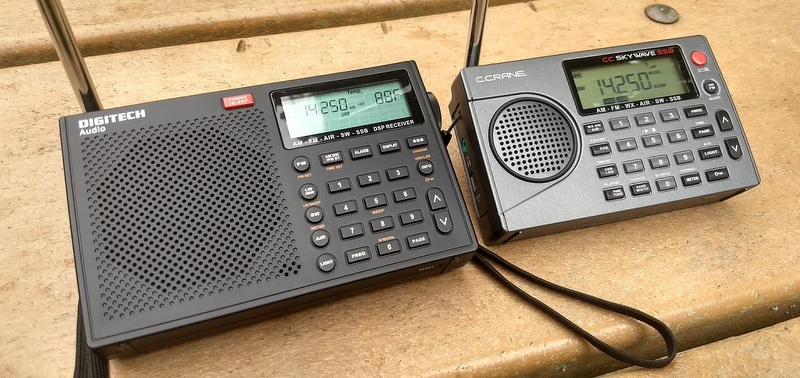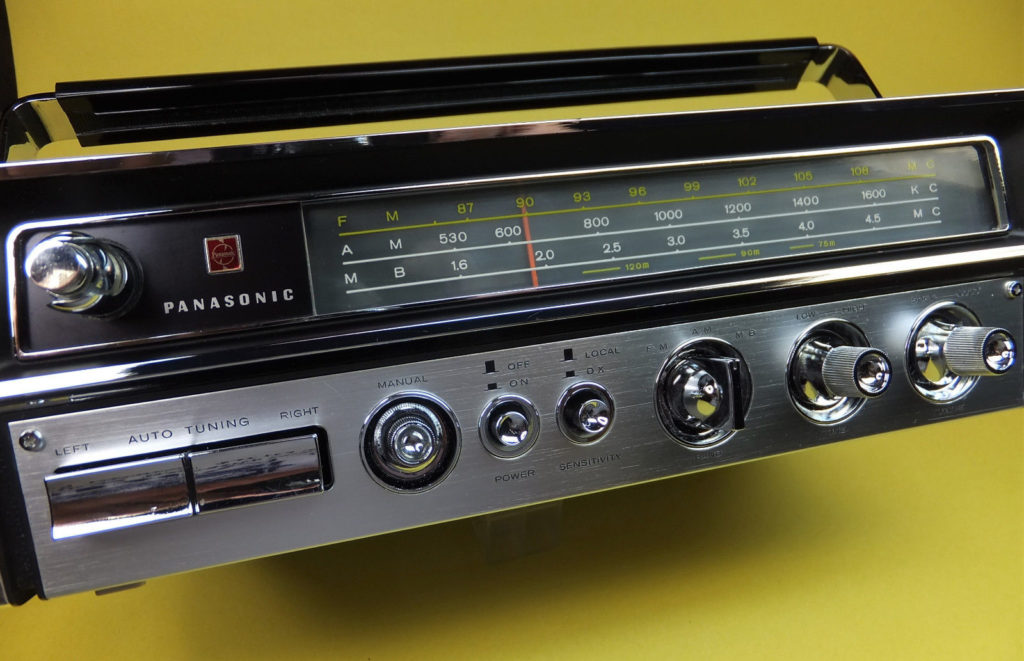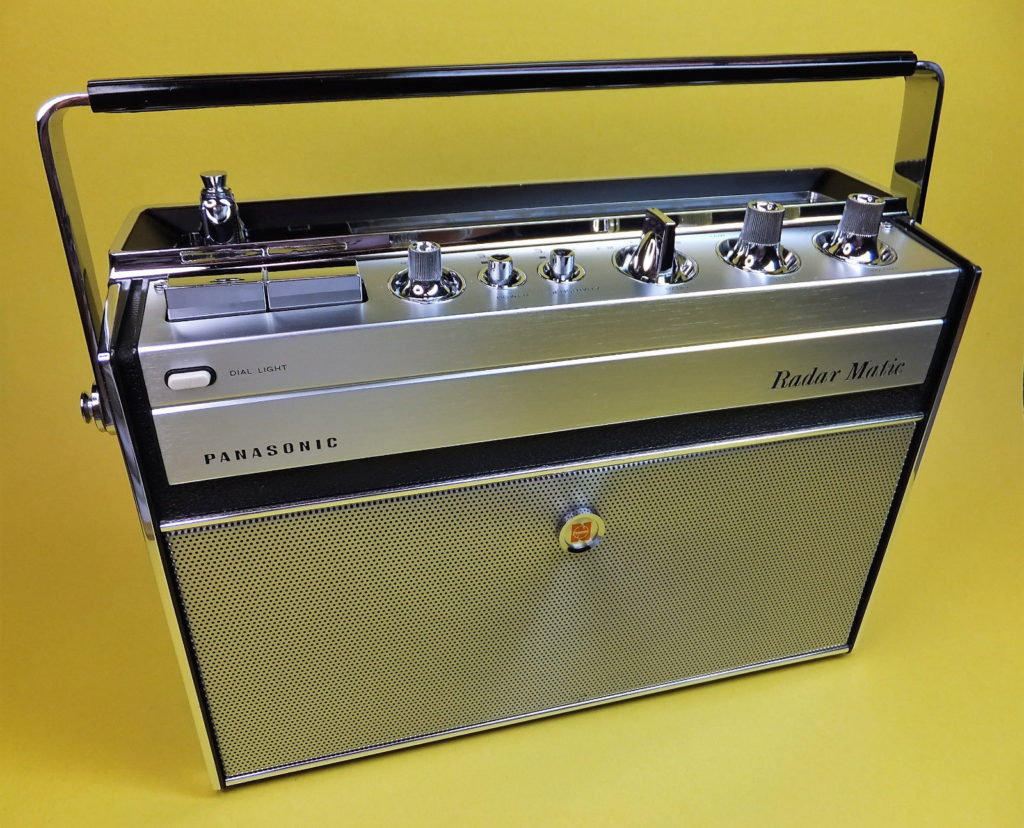The flea-powered Ozy Radio has begun testing on 5045 kHz in the 60-meter band. First noted here in Australia on August 28, the station has been missing for several years from its former 3210 kHz allocation. The location has been reported as Razorback, New South Wales, but I have not been able to confirm this yet. The transmitter power and the type of antenna are also unknown at this time. Observations by myself and other Australian listeners have noted the station operating between 0600 and past 1300 UTC.
The signal into Mount Evelyn, Victoria (at a guess, about 800 km from the reported transmitter site) is very strong – about 10 dB over S9! This is a much better signal than was ever heard on the old 3210 outlet. Whatever has been done at the station appears to be working very well! I believe there could be a very good chance that Ozy Radio will be heard internationally!
The current programming consists of test transmission announcements, relays of the Australian Independent News service, and continuous antique pop music from the 50s and 60s. Cheekily, the station is also using the Radio Australia interval signal, while the RA kookaburra also fires off every now and again throughout the broadcasts. I’m not sure how the ABC feels about that!!
Here is a short video I prepared of the test announcement and email address given out at 1356 UTC.
Good luck with hearing Ozy Radio!
Rob VK3BVW
UPDATE: The current power output is 500w and the location is confirmed as Razorback, near Camden approx 45 km southwest of Sydney. Thanks to John Wright for the eQSL statement and information. John also reports that reception reports have been received from as far away as Germany.
Rob Wagner, VK3BVW, is the author of this post and a regular contributor to the SWLing Post. He also blogs at the Mount Evelyn DX Report.

